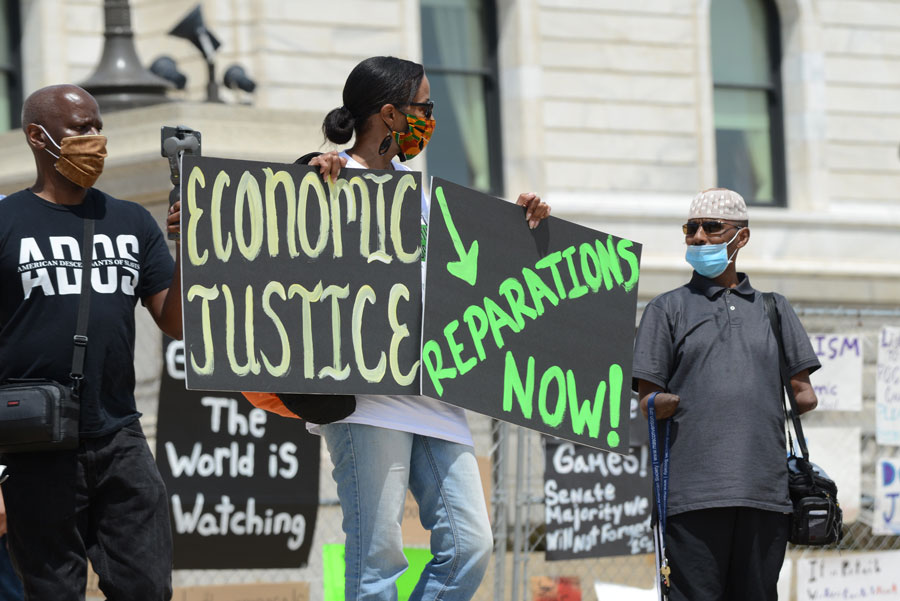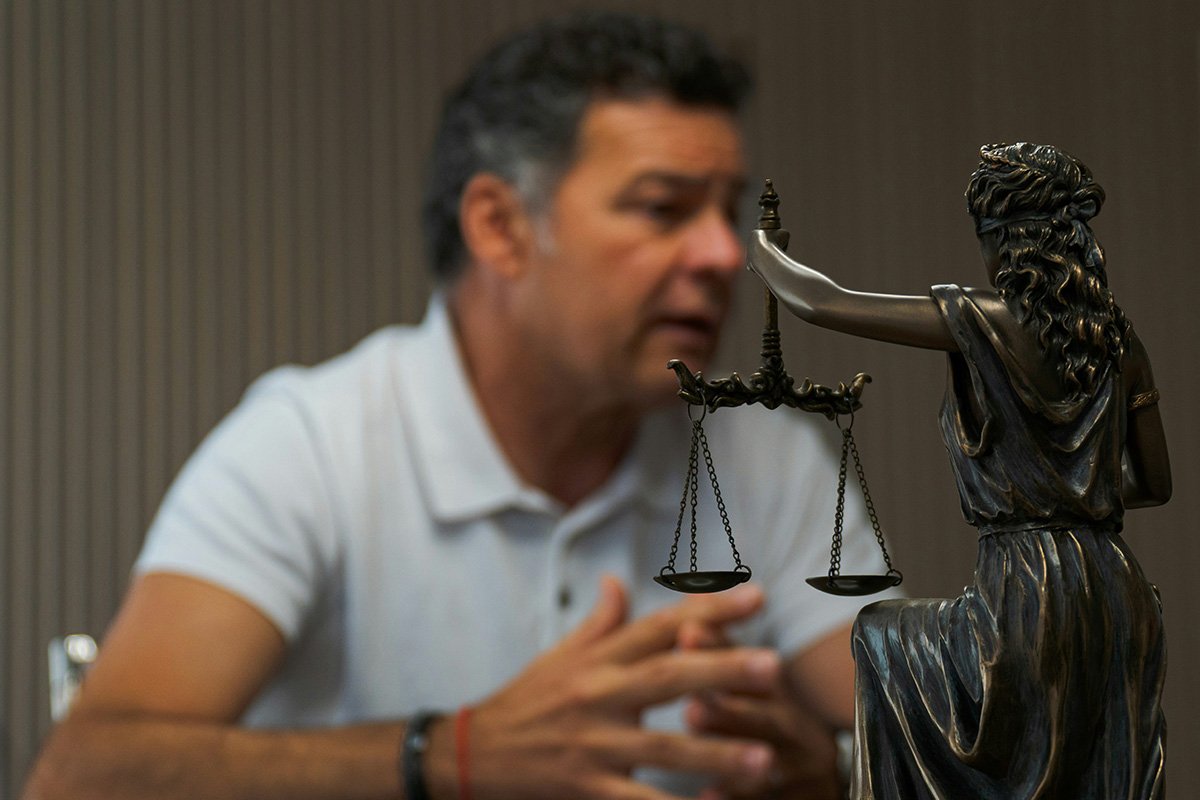
July 16, 2020; The New York Times
When you think of Asheville, North Carolina, you might think of its 50-plus breweries, Art Deco skyline, diverse music venues, River Arts district, proximity to mountains and rivers, and luxury boutique hotels such as the new Asheville Foundry Hotel, recently opened in “The Block,” the city’s former African-American business district. With 93,000 residents and growing, Asheville consistently makes the top rankings for “Best Places to Live” and “Best Place to Retire.” Some have even chose to call it the “Paris of the South.”
What you might not think about, however, is Asheville’s “very complicated history with its African-American community,” including the city’s extensive and enduring urban renewal program that decimated every Black neighborhood, most Black businesses, and much of the Black wealth that the community was building. Asheville’s urban renewal program was key to the city’s strategy to build its tourist economy. It also confined many Black residents within the city’s 10 public housing complexes and minimized their chances to build wealth through homeownership.
As one account details:
… urban renewal was a continuous experience for Asheville’s African American community for almost thirty years. Beginning with the Hill Street neighborhood in 1957 as the Cross-Town Expressway was built and moving on to Southside, Stumptown, Burton Street, and East End, the fabric of each of these historic African American communities was torn apart.
Or you might not be familiar with the “race riot” ignited by a white election official’s refusal to let a registered Black man vote in the 1868 Presidential election, or the massive walkout that took place at Asheville High in 1969 as students protested racial inequities. Or why the 75-foot obelisk that looms over Pack Square in downtown Asheville and named for civil war governor and slaveowner Zebulon Vance, remains a despised symbol for Black Americans, perhaps with the knowledge that the courthouse formerly across from the obelisk was once the site of slave auctions.
And you might not realize that Asheville’s public schools have the dubious distinction of ranking highest of all of North Carolina’s 115 school districts in the achievement gap between Black and white students, and, that despite a new district equity initiative launched in 2017, the disparity continues to grow.
Sign up for our free newsletters
Subscribe to NPQ's newsletters to have our top stories delivered directly to your inbox.
By signing up, you agree to our privacy policy and terms of use, and to receive messages from NPQ and our partners.
Indeed, it is not uncommon to think that southern Appalachia, including the mountains of western North Carolina where Asheville sits, has few Black residents, that its white residents were mostly unionist during the Civil War, and that the Klu Klux Klan was never much of a force. None of that is true, as recent historiography is demonstrating.
In 1900, the Black population of Asheville reached a peak level of 18 percent; that number now is at 12 percent. Black residents in Asheville have also been critical players in building the city’s local economy. The range of contributions is vast—from the Buncombe Turnpike, which was partly built with slave labor, to the bourgeoning health tourism industry, which depended on Black workers to staff the hotels and spas, to the black convicts who were critical to finishing the railroads, and to the skilled Black craftsmen who helped build Vanderbilt’s Biltmore Estate.
So, the unanimous vote, on July 14, 2020, of the Asheville City Council, to apologize to its Black residents for the state’s historic role in slavery, discrimination and denial of basic liberties and to provide reparations, did not come out of the blue but was a response to centuries of racial inequities that continue to the present day.
Unlike Evanston, Illinois, however, which committed $10 million to its reparations program, paid for by Cannabis sales tax revenues, Asheville did not specifically authorize any resources. Instead, it directed its city manager to establish a process within the next year to “develop short, medium, and long-term recommendations to specifically address the creation of generational wealth and to boost economic mobility and opportunity in the Black community.” It also called for the establishment of a Community Reparations Commission.
Reparations is an extraordinarily controversial topic in America – not just for the 67 percent of white Americans who, according to a recent Gallup poll, don’t believe the government should make cash payments to descendants of slaves or the 73 percent of Black Americans who do, but also with its most ardent proponents.
William (Sandy) Darity Jr., for example, a professor of public policy at Duke, and coauthor of From Here to Equality: Reparations for Black Americans in the Twenty-First Century, published earlier this year, told Neil Vigor of the New York Times that he is “deeply skeptical about local or piecemeal actions to address various forms of racial inequality being labeled ‘reparations.’”
As Vigor explains, in Darity’s view, for reparations to be effective, they would need to close the pretax racial wealth disparity in the United States, which would cost about $10 to $12 trillion. “So piecemeal reparations taken singly or collectively at those levels of government cannot meet the debt for American racial injustice,” Darity contends.
But reparations, for the first time, is getting real attention. It’s an idea whose time has finally come – though who gets, how much they get, for what, and when are totally up for grabs. Hopefully this nation will listen, learn, ponder, and take action. —Debby Warren











